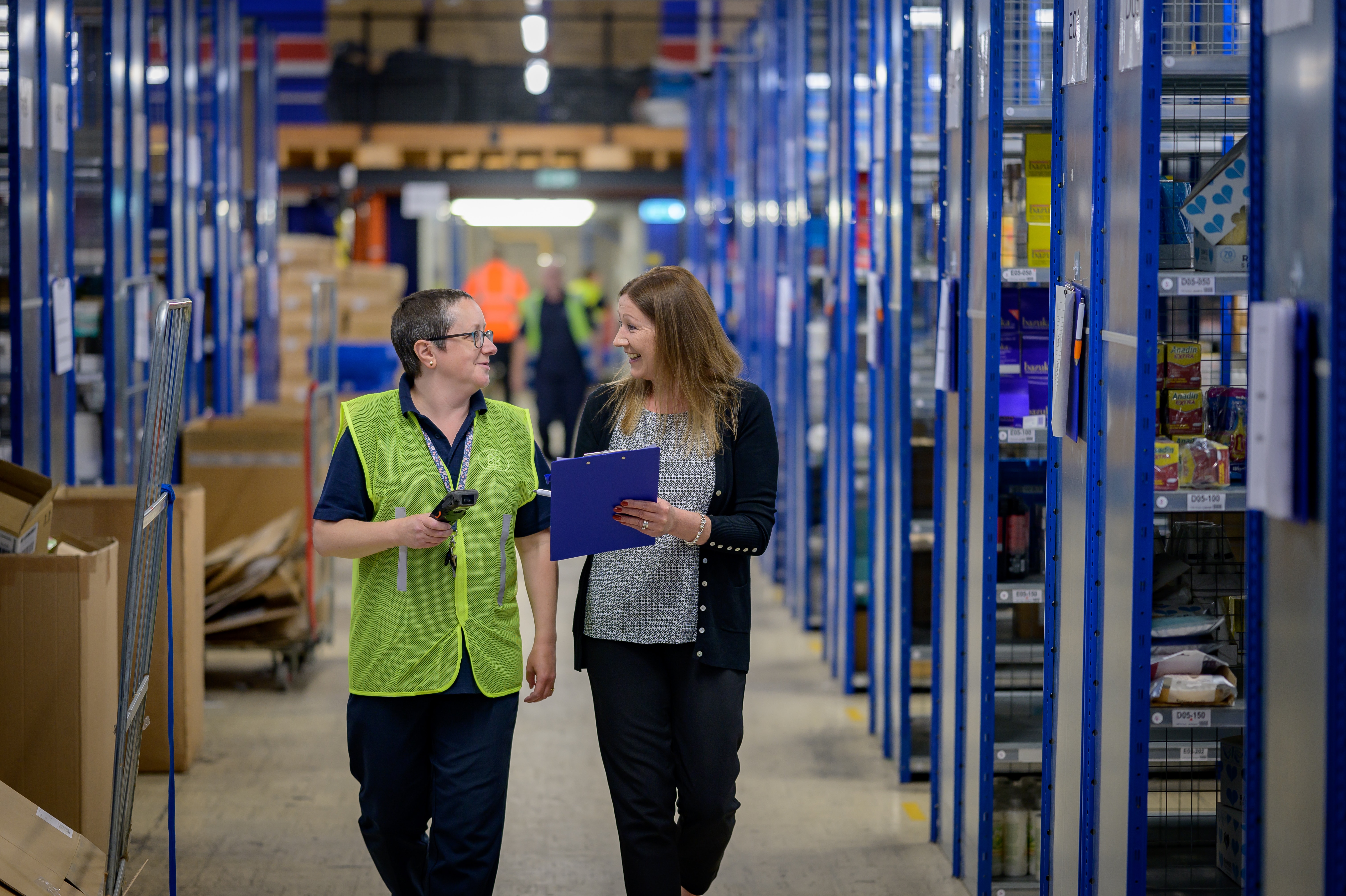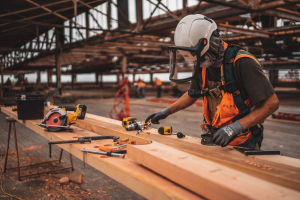
Incorporating High-Visibility Clothing into Your Safety Strategy
When it comes to workplace safety, visibility is key. In industries such as construction, transportation, and warehousing, where employees work in low-light or high-traffic environments, incorporating high-visibility clothing into your safety strategy is essential. High-visibility clothing, also known as Hi-Vis clothing, is designed to make workers more visible to others, reducing the risk of accidents and injuries. In this blog post, we will explore the importance of incorporating high-visibility clothing into your safety strategy and provide tips on how to choose the right Hi-Vis clothing for your workforce.
The Importance of High-Visibility Clothing
High-visibility clothing plays a crucial role in preventing accidents and improving overall workplace safety. Here are some reasons why incorporating Hi-Vis clothing into your safety strategy is important:
1. Increased Visibility: High-visibility clothing is designed using fluorescent materials and retro-reflective tapes that reflect light, making workers more visible in low-light conditions or areas with heavy traffic. This increased visibility helps to reduce the risk of accidents caused by collisions or being struck by moving objects.
2. Compliance with Regulations: Many industries have specific safety regulations that require workers to wear high-visibility clothing in certain situations. By incorporating Hi-Vis clothing into your safety strategy, you ensure compliance with these regulations and avoid potential penalties or legal issues.
3. Enhanced Team Identification: In large work environments, high-visibility clothing helps to easily identify and distinguish workers from other individuals, such as visitors or contractors. This improves communication and coordination within the team, reducing the risk of misunderstandings or accidents.
Choosing the Right Hi-Vis Clothing
When selecting high-visibility clothing for your workforce, it's important to consider the following factors:
1. Level of Visibility: Different work environments require different levels of visibility. Assess the lighting conditions, traffic flow, and distance at which workers need to be visible, and choose Hi-Vis clothing that meets the appropriate visibility standards for your industry.
2. Comfort and Fit: Workers should feel comfortable and unrestricted while wearing high-visibility clothing. Look for garments that are made from breathable and lightweight materials, and ensure that they are available in a range of sizes to accommodate all employees.
3. Durability and Quality: High-visibility clothing is subjected to regular wear and tear, so it's important to choose garments that are durable and can withstand the demands of your industry. Look for clothing that is made from high-quality materials and has reinforced stitching and reflective tapes.
4. Additional Safety Features: Some high-visibility clothing may come with additional safety features, such as built-in reflective strips, pockets for storing personal protective equipment, or waterproof coatings. Consider these additional features based on the specific needs of your workforce.
5. Proper Care and Maintenance: High-visibility clothing needs to be properly cared for and maintained to ensure its effectiveness. Provide guidelines to your employees on how to clean and store their Hi-Vis clothing, and regularly inspect and replace garments that show signs of wear or damage.
Incorporating high-visibility clothing into your safety strategy is a proactive step towards creating a safer work environment for your employees. By ensuring that workers are visible and easily identifiable, you reduce the risk of accidents and promote a culture of safety in your organisation. Remember to regularly review and update your safety strategy to meet changing industry standards and regulations.




